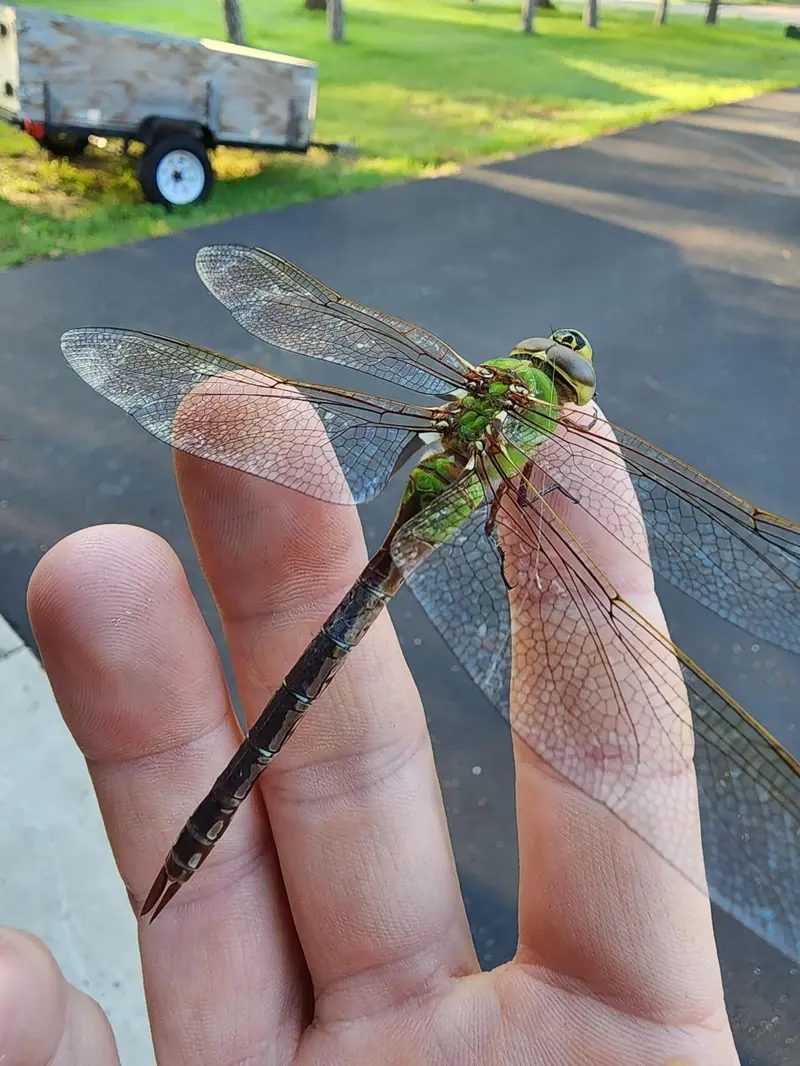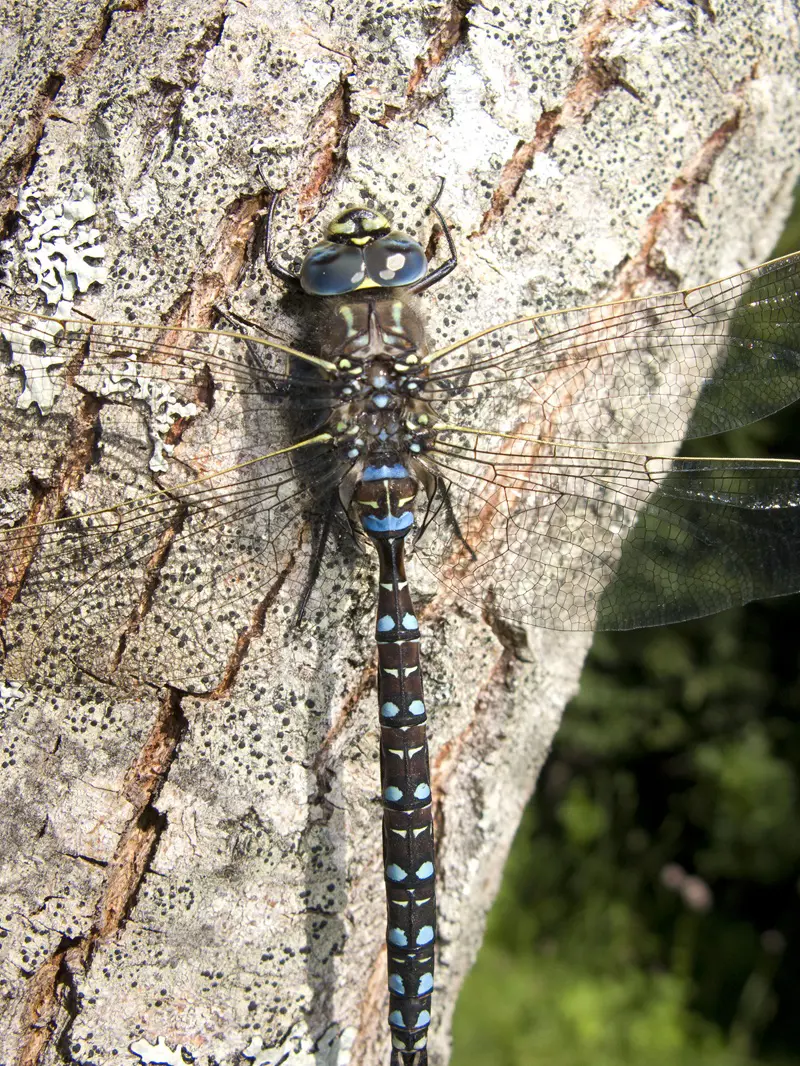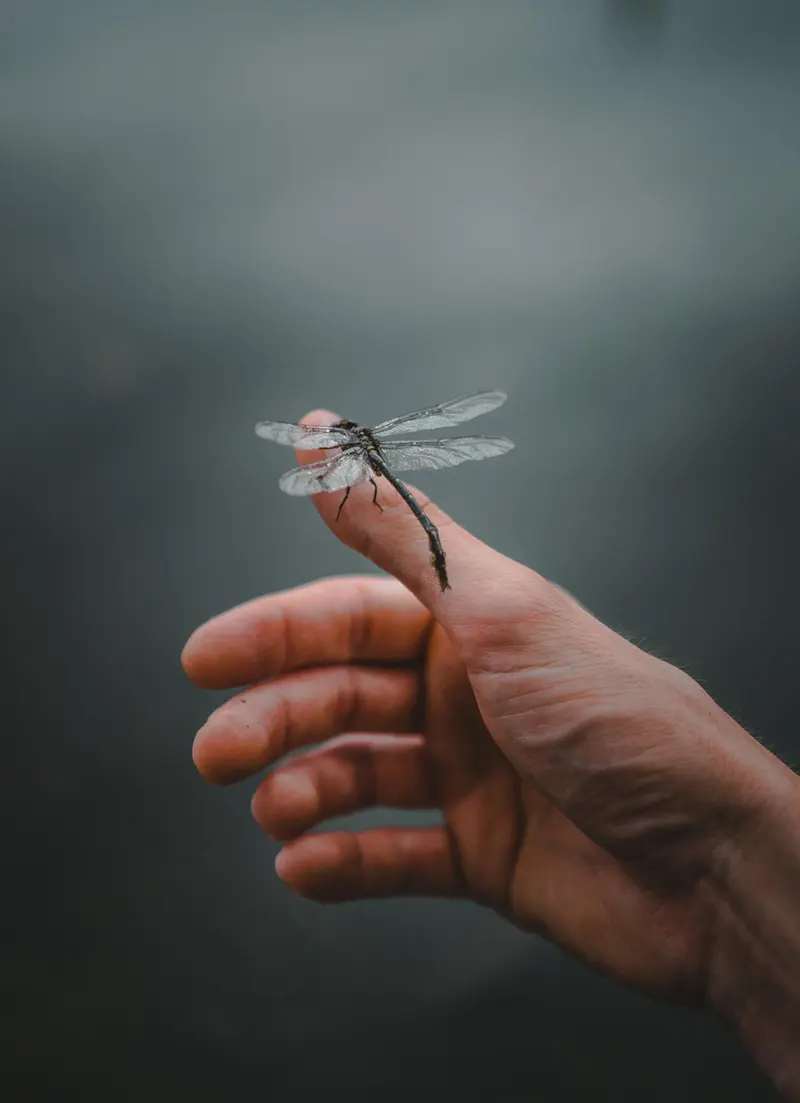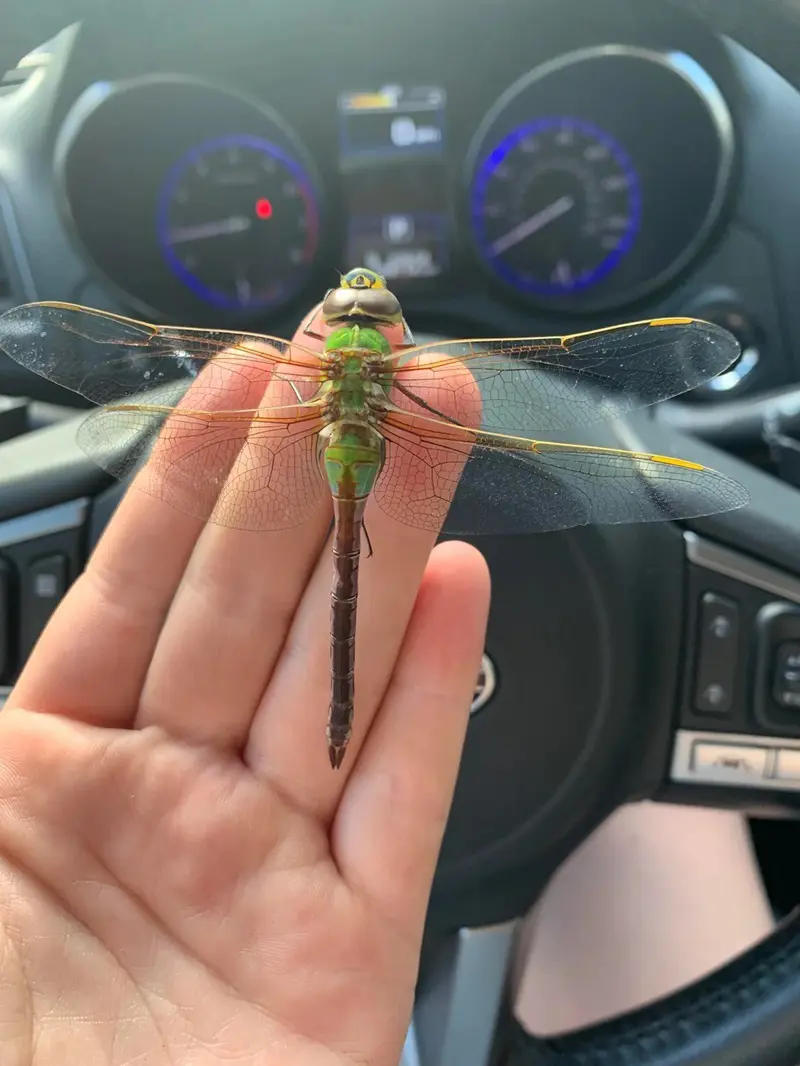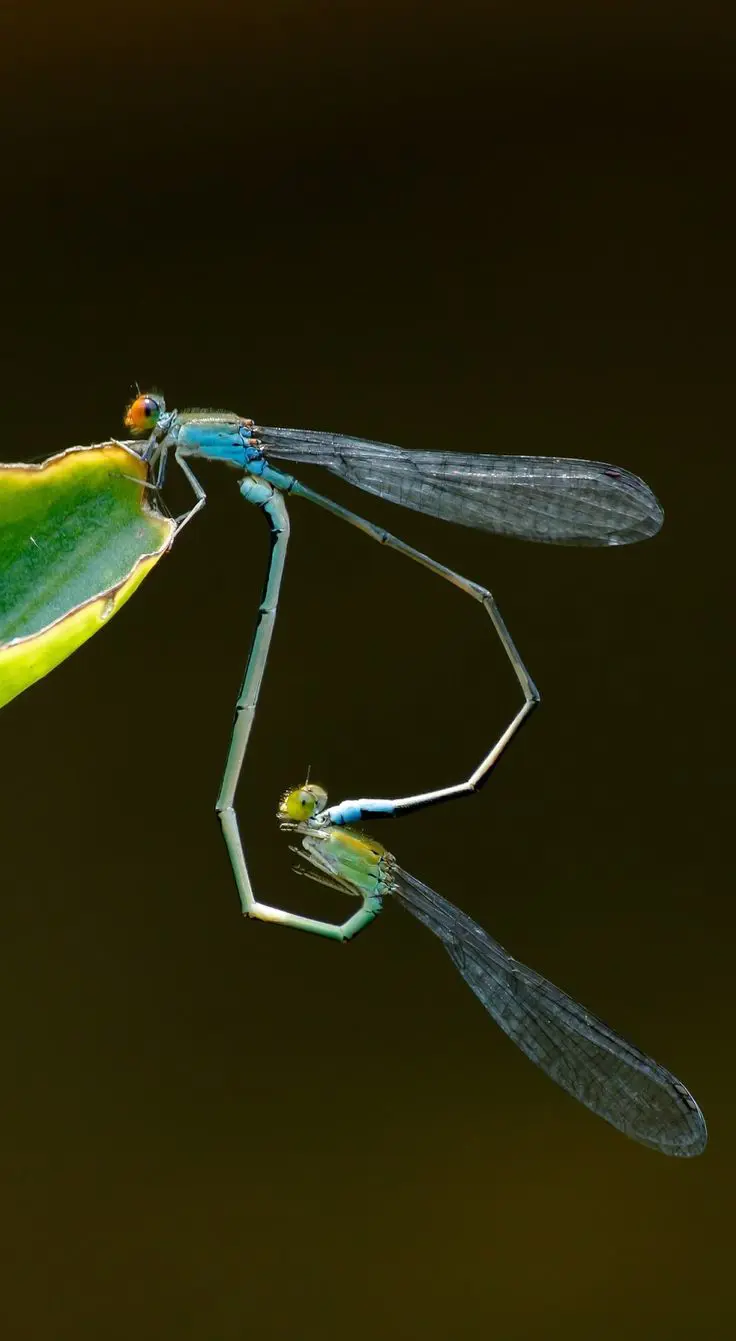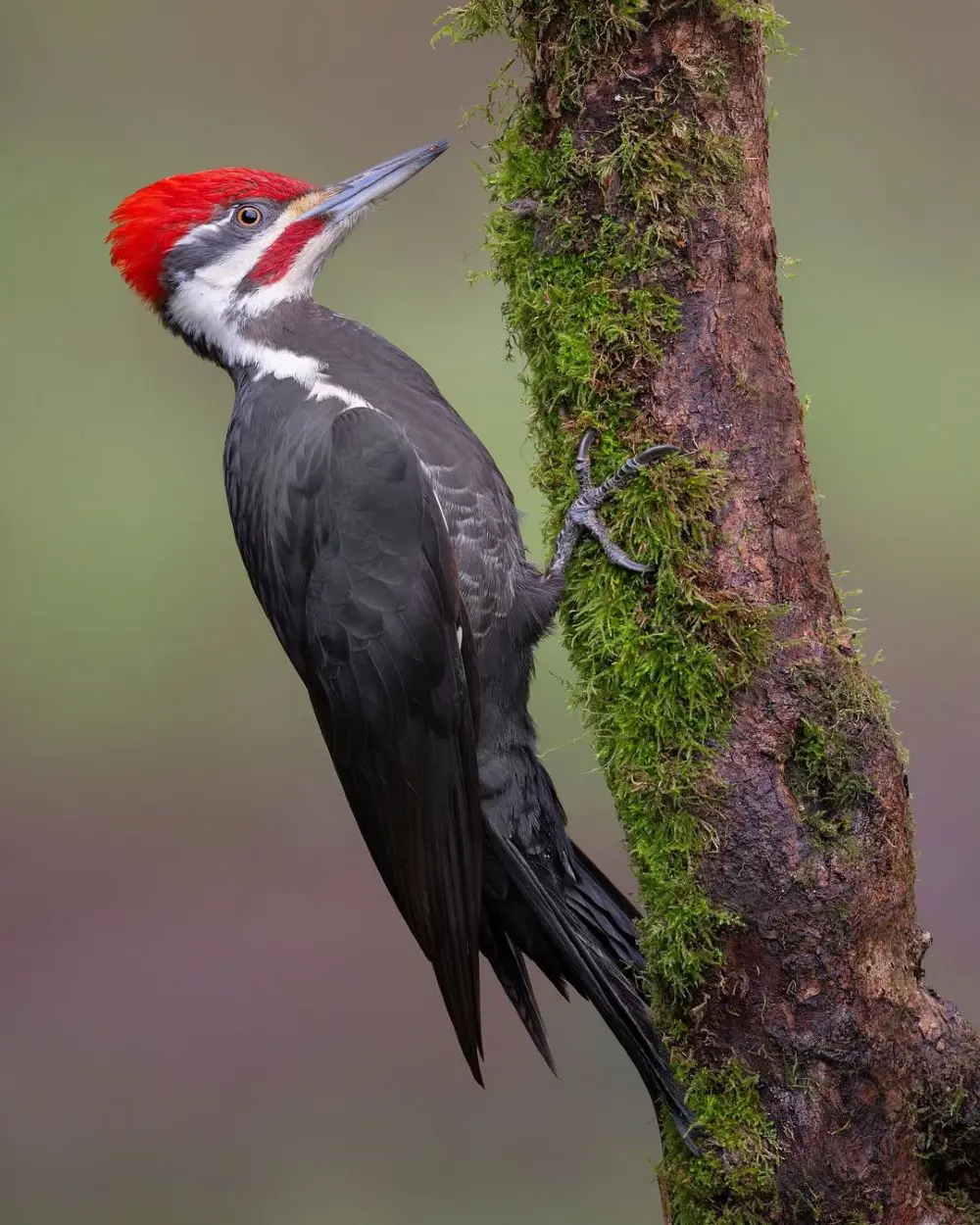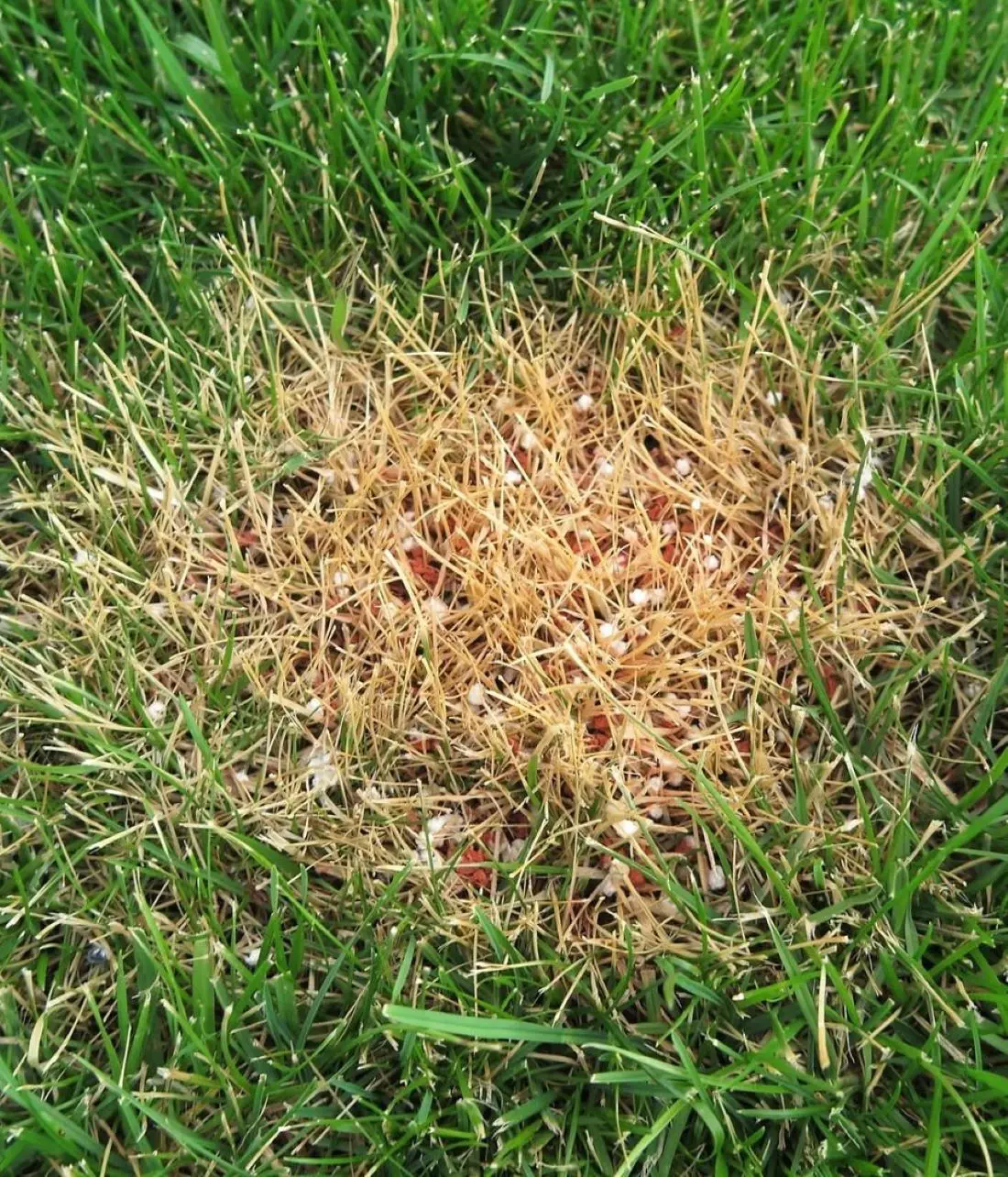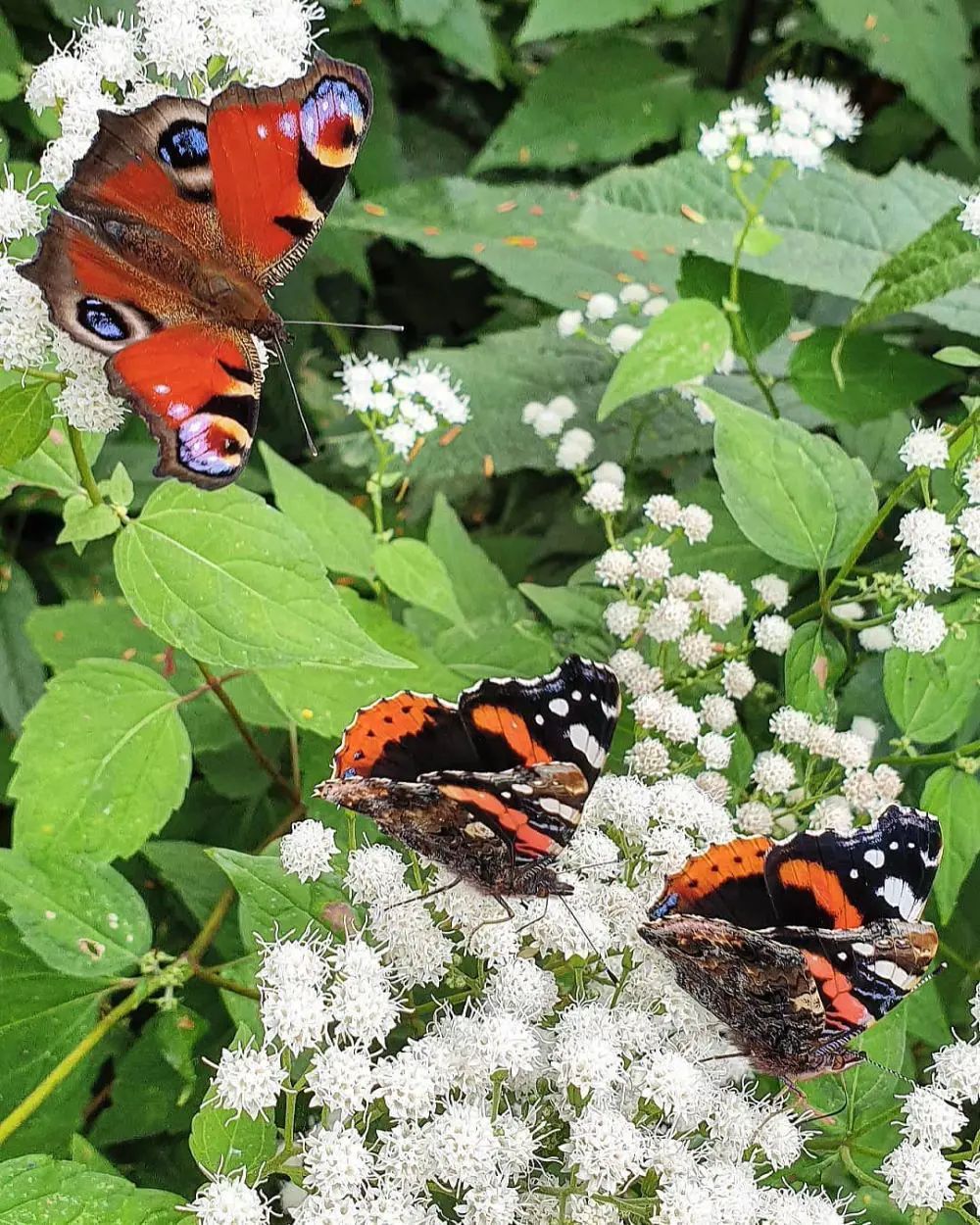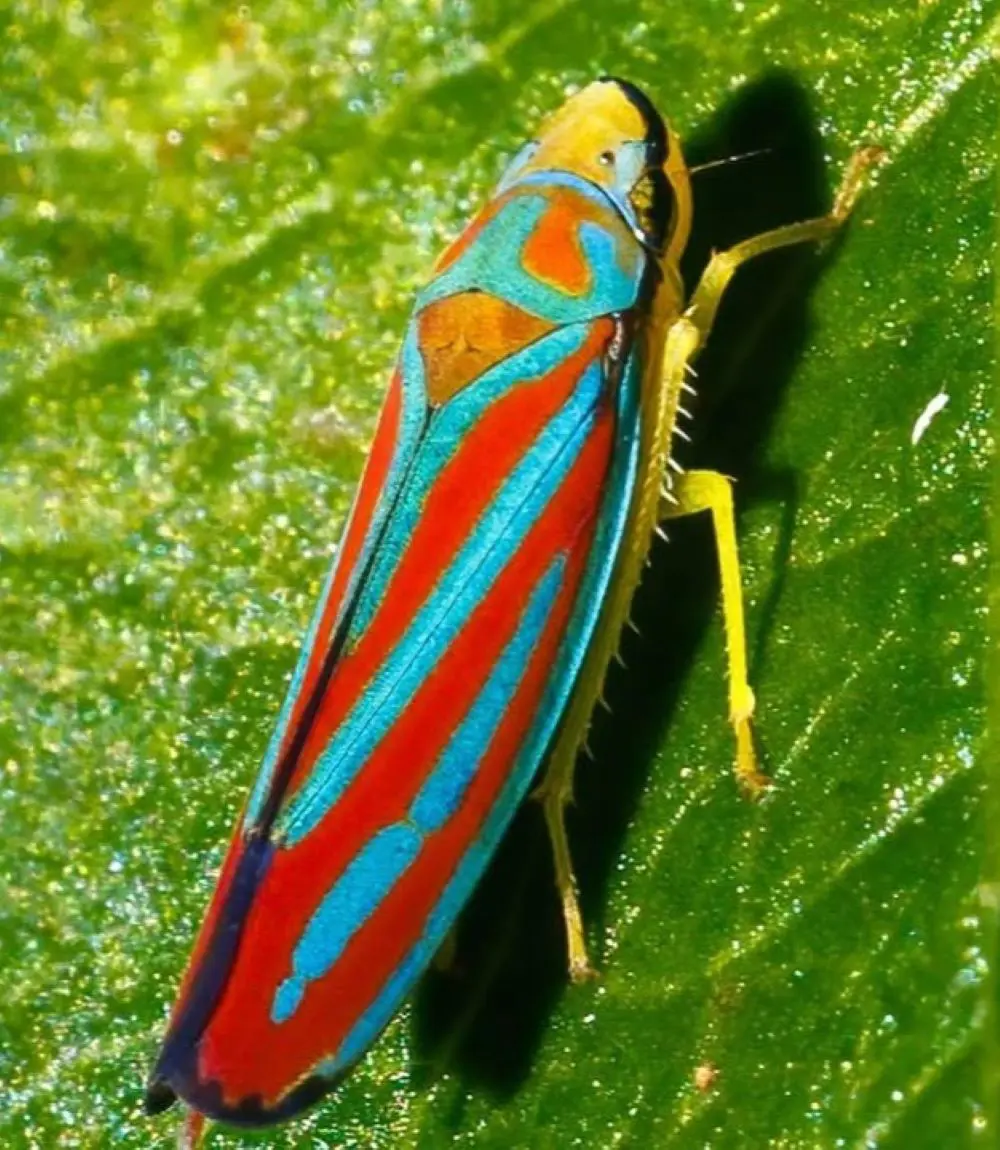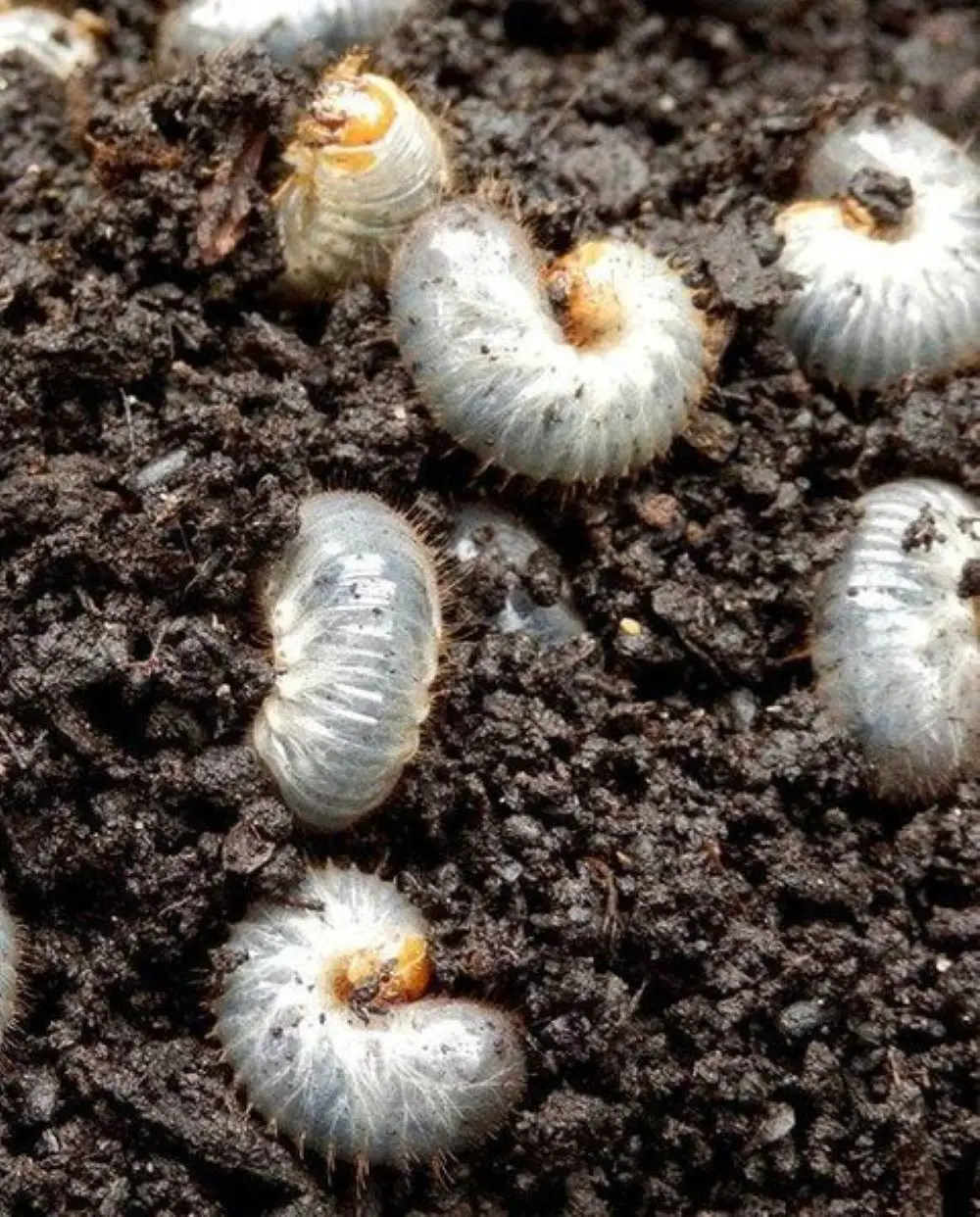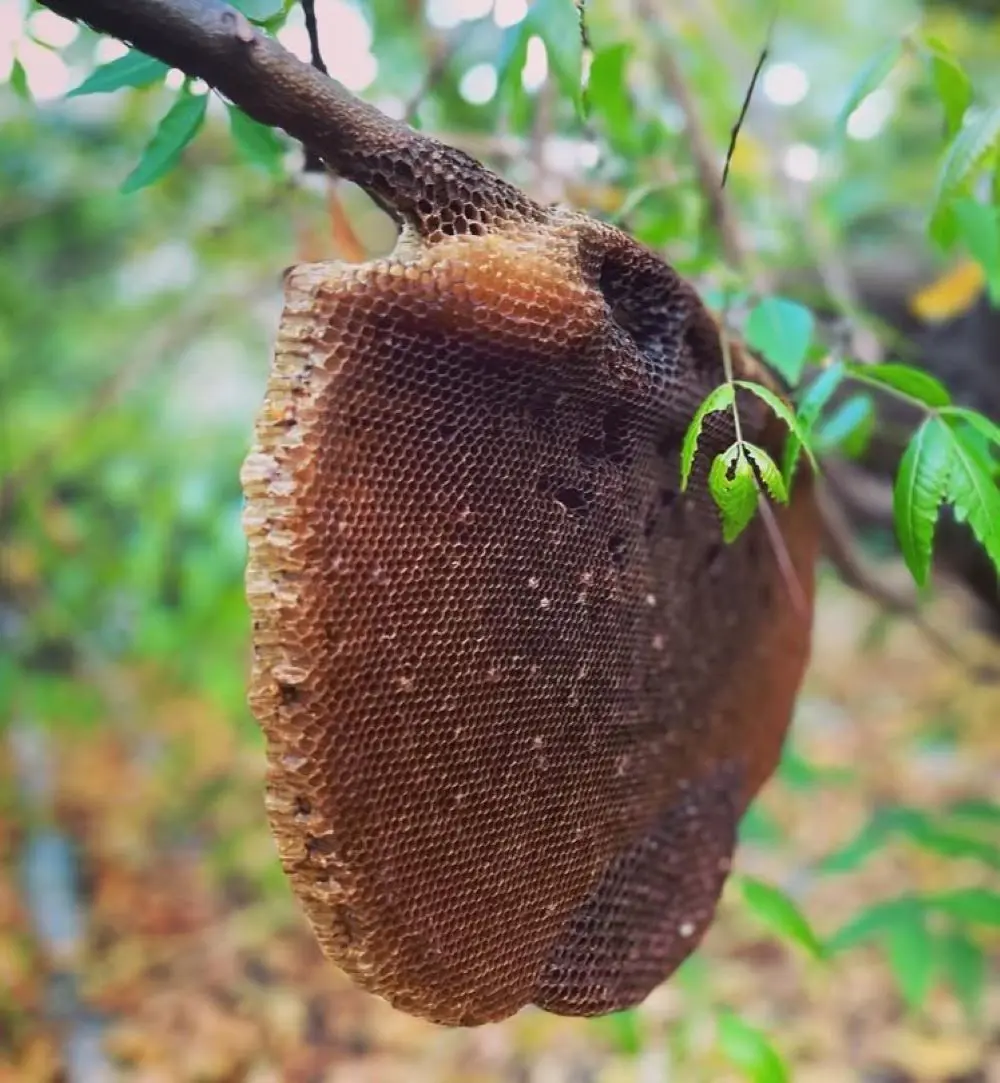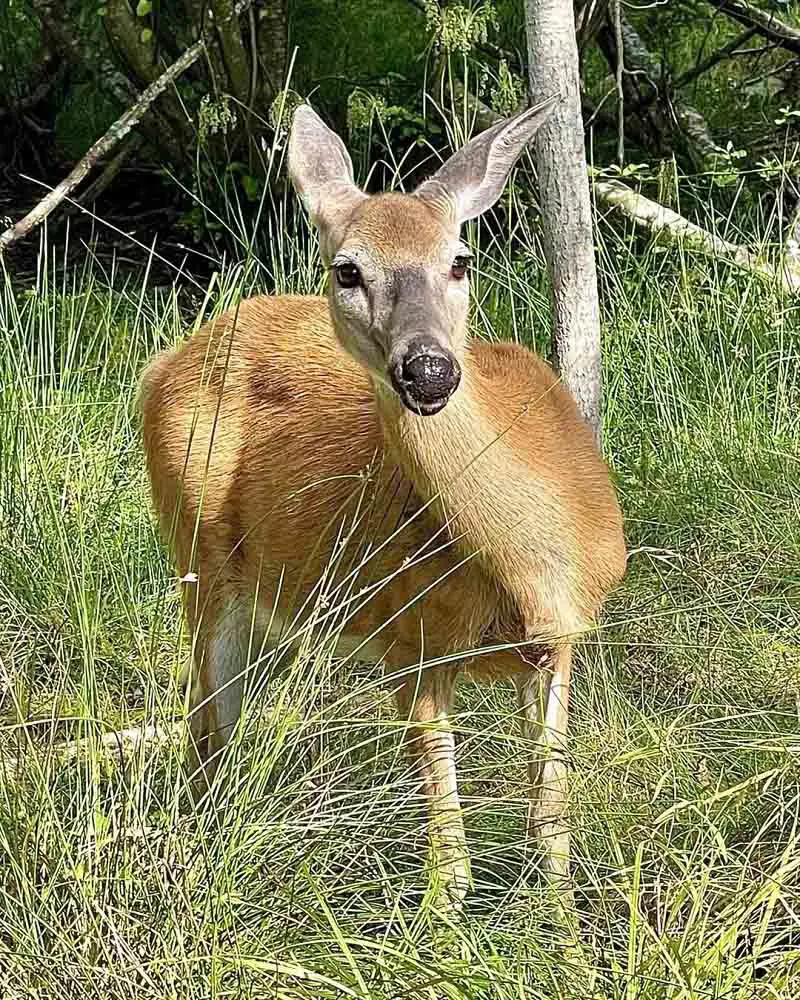What Do Dragonfly Eat?
Dragonfly is a natural predatory flying insect. They love to eat meat and mostly feed on Mosquitoes, Midges, Butterflies, Moths, Bees, Flies, Gnats, Mayflies, and other dragonflies that are smaller than their size.
Their diet is not strictly limited and being airborne most of the time, they are always after the food, hunting and eating heavily throughout the day whatever they catch.
Common Food of Dragonfly
The larvae of dragonflies feed on insects, worms, small fishes, and even tadpoles while being in the water and adults mainly hunt down the flying insects. Mosquitoes, midges, mayflies, and dragonflies, all of them require water for them to complete their lifecycle.
While mosquitoes and midges breed in more of a kind of stagnant standing water, dragonfly hunts them down as one of their favorite things to do. It has been found that dragonflies can eat 100s of them in one day projecting on their greedy and voracious nature.
Feeding Behavior of Dragonfly
The frightening feeding behavior of dragonflies is sure to surprise you. Apart from their beauty by appearance, they are highly skillful and efficient predators with a 95% success rate.
For every attempt made on the prey, dragonflies are almost certain of catching and hunting them down. Their ability is unmatched even in comparison with other merciless hunters like lions and sharks.
